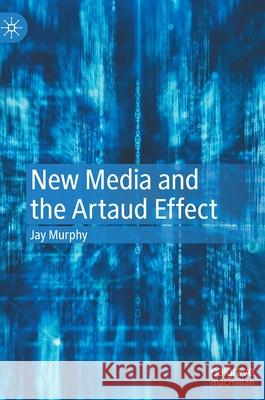New Media and the Artaud Effect » książka
topmenu
New Media and the Artaud Effect
ISBN-13: 9783030834876 / Angielski / Twarda / 2021 / 202 str.
New Media and the Artaud Effect
ISBN-13: 9783030834876 / Angielski / Twarda / 2021 / 202 str.
cena 429,96 zł
(netto: 409,49 VAT: 5%)
Najniższa cena z 30 dni: 424,07 zł
(netto: 409,49 VAT: 5%)
Najniższa cena z 30 dni: 424,07 zł
Termin realizacji zamówienia:
ok. 20 dni roboczych.
ok. 20 dni roboczych.
Darmowa dostawa!
Kategorie:
Kategorie BISAC:
Wydawca:
Palgrave MacMillan
Język:
Angielski
ISBN-13:
9783030834876
Rok wydania:
2021
Wydanie:
2021
Ilość stron:
202
Waga:
0.44 kg
Wymiary:
21.01 x 14.81 x 1.6
Oprawa:
Twarda
Wolumenów:
01
Dodatkowe informacje:
Wydanie ilustrowane











